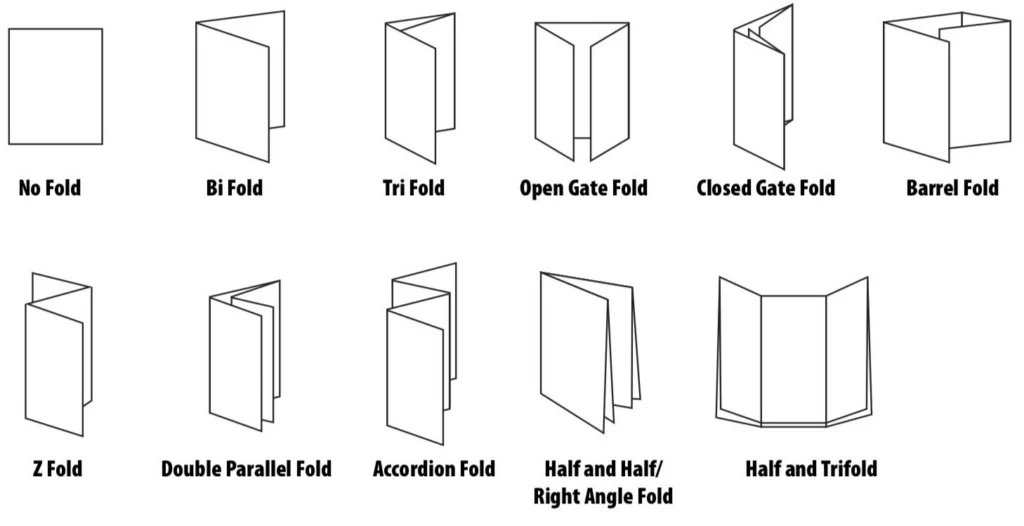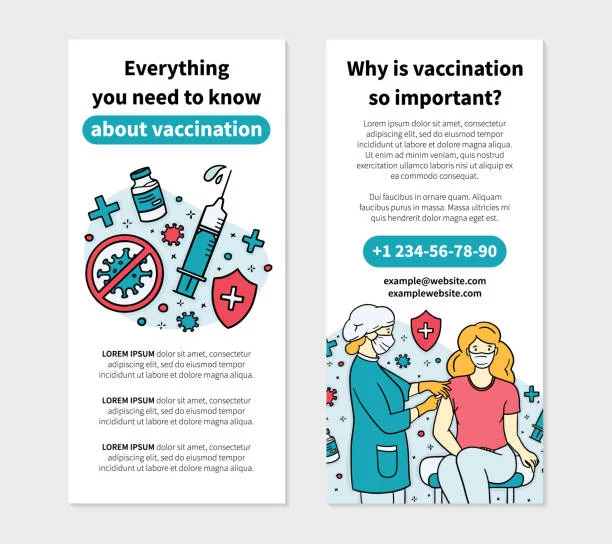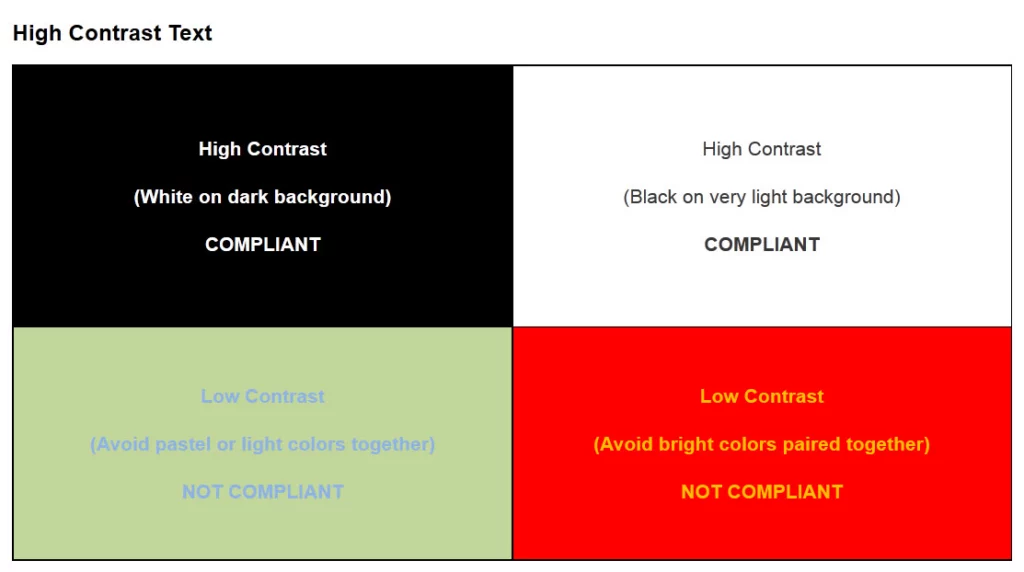A pamphlet is a small, unbound booklet focused on a single subject, often educational in nature.
Pamphlets vs. brochures
While they might seem similar in size and layout, pamphlets and brochures are not the same thing. While brochures are used to advertise something (like a brand or an event) pamphlets are made to inform, not sell. Most often, pamphlets are distributed as educational tools.

For certain organizations, like nonprofits or community-based groups, pamphlets can be a valuable way to spread information and awareness on various issues. In industries like healthcare, pamphlets can also be a cost-effective way to educate people on things like medical procedures, different illnesses, and mental health.
How to make a pamphlet in 5 steps
Think a pamphlet would be a good tool for your organization or group? Making one is pretty simple, so let’s dive right in.
The process of creating a pamphlet is very similar to making a brochure. The key difference is intention. Instead of putting emphasis on making a sale, put your emphasis on providing valuable and accurate information about a subject.
First up: deciding on what size to make your pamphlet.
1. Consider your layout/size.
Before you can start designing, decide how big or small you want your pamphlet to be, and how it should be folded.
There are tons of different fold options to choose from – just remember that you don’t want your pamphlet to be too complicated to open and read.

2. Write compelling but understandable copy.
Pamphlets don’t offer a lot of space, so each sentence should be purposeful and valuable. Use simple language that’s easy to read and easy to understand. According to The Literacy Project, the average American reads at a 7th-8th grade reading level, so try to keep your messaging around that area. There are lots of free tools to test the reading level of your copy, like this calculator here.
3. Provide visual interest.
Illustrate your pamphlet with helpful visual elements—like photos, tables and charts—that make it more interesting to the reader.

4. Choose your colors.
Color is closely tied to emotion. Using colors wisely in your pamphlet will help communicate your message on a deeper level.
Additionally, double-check the accessibility of your colors. For example, high contrast designs (i.e. dark fonts on a light background) are much easier to see and read.

5. Test-run the print version.
Before you print and order hundreds of copies, test-run it first. Verify that the finished product meets your expectations.Ready to design your own professional pamphlet online? Marq makes it easy. With our intuitive drag-and-drop interface, you can select a template and customize it with fonts, colors, shapes, images and more. It only takes minutes to create a high-quality pamphlet that you’ll be proud to print and share.



